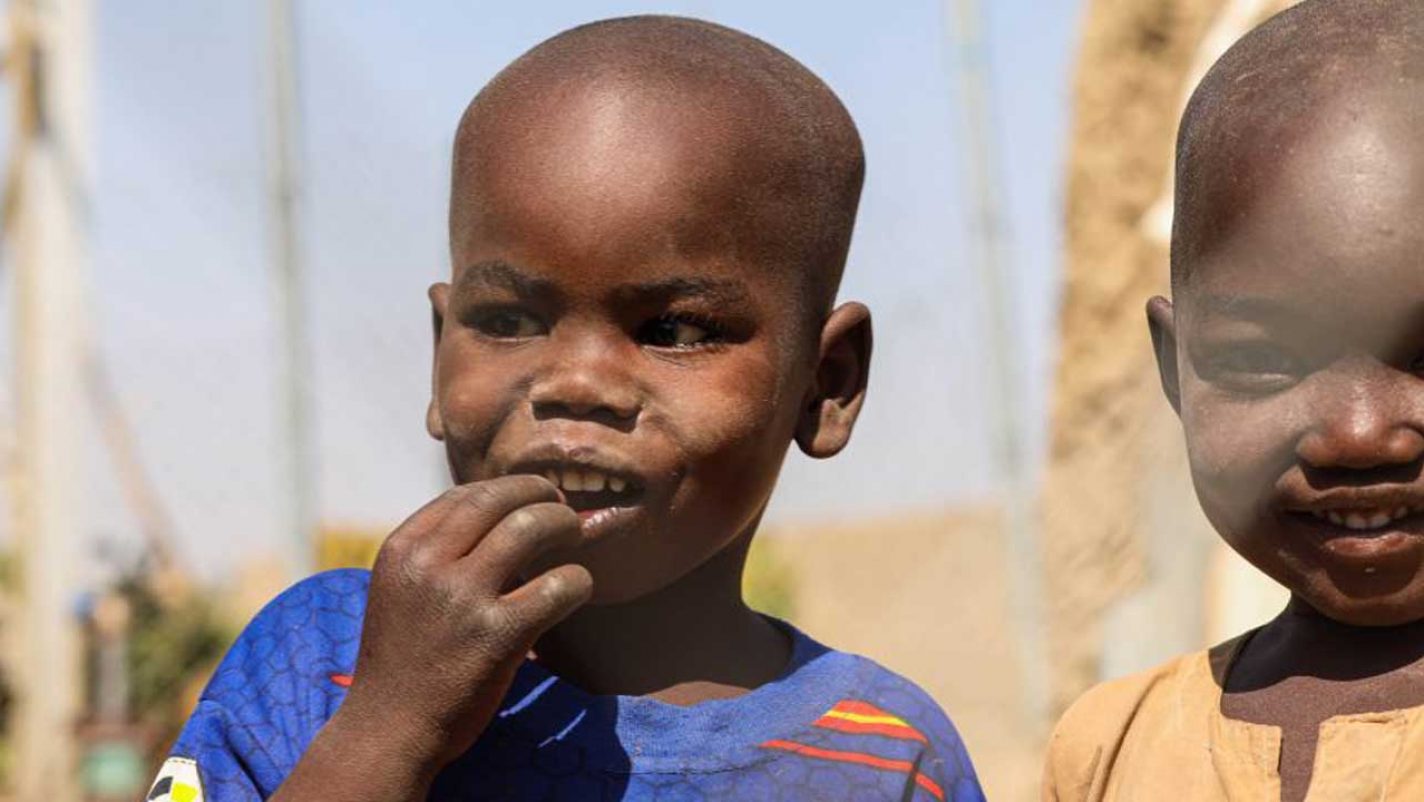Protecting children from pneumonia
Pneumonia is one of the top five killer diseases of children. It is also a vaccine-preventable disease in children. The World Health Organisation (WHO) Nigeria country representative, Dr Walter Kazadi Mulombo, said pneumonia is the leading killer of children in Nigeria, causing 17 per cent of under-five deaths. FCT CJ announces exchange programmes for magistrates, […]

Neglect of the Boy child
Pneumonia is one of the top five killer diseases of children. It is also a vaccine-preventable disease in children.
The World Health Organisation (WHO) Nigeria country representative, Dr Walter Kazadi Mulombo, said pneumonia is the leading killer of children in Nigeria, causing 17 per cent of under-five deaths.
FCT CJ announces exchange programmes for magistrates, urges hard work
US earmarks $50m to support 2023 polls
He said that 78 per cent of air pollution-related pneumonia deaths are among children under-five, the highest proportion across all countries, according to the Global Burden of Disease (GBD 2019).
He also said air pollution is the leading risk factor for death from pneumonia across all age groups, adding that almost a third of all pneumonia deaths were attributable to polluted air.
“Children are more susceptible to household air pollution in homes that regularly use polluting fuels and technologies for cooking, heating and lighting. While outdoor air pollution, especially from pollutants emitted by industries and car exhaust smoke, disproportionately affects respiratory health among older adults,” he said.
The Minister of Health, Dr Osagie Ehanire, said pneumonia claims the lives of 162,000 Nigerian children under five annually.
He warned that if the current trend in pneumonia-related childhood mortality continues, the Sustainable Development Goals (SDGs) under–five mortality reduction target of having less than 25 deaths per 1000 live births will not be achieved by 2030.
He said Nigeria needs to accelerate efforts towards reducing the burden of pneumonia and other childhood diseases.
According to UNICEF, “One child under 5 years of age dies of pneumonia every 45 seconds around the world. Pneumonia is preventable if a child has access to quality primary healthcare.”
It said in 2021, Nigeria had the highest number of air pollution-related child pneumonia deaths in the world.
To reduce preventable child deaths and respond to oxygen needs, UNICEF is engaging partners to design and roll out innovative and clean energy solutions to power health systems.
Contrary to the belief of some people, a public health expert, Dr Shola Dele-Olowu, said pneumonia is not caused by cold but by infectious agents, typically bacteria and viruses. Streptococcus pneumoniae is a common cause of the bacterial disease.
She said the disease is most common in children but also affects adults.
Dr Ezie Patrick C., another physician, said pneumonia is caused by inhalation of bacteria or viruses and this is especially common during the dry and cold seasons.
He said the germs infect the lungs, multiply and severely damage the tissues thereby making it unable to perform their normal functions.
He said the resultant damage in the lungs makes the individual have the following symptoms: Cough, fever, breathlessness, noisy breathing, chest pain and generalised weakness.
“People think that pneumonia is just about cold environment, which is far from the truth. The worst case of pneumonia is in countries that are very hot, for example, Nigeria,” said Dr Francis Ohanyido, another public health expert.
Dr Patrick explained that “Bacterial pneumonia in children is quite age-specific, meaning that it is probable by knowing the age of a child to predict specifically the type of bacteria that might be implicated in causing the disease.
According to the medical experts, pneumonia can be prevented through:
-Vaccination of children. It is important to take children for routine immunization, give them nutritious food, and maintain a clean environment.
-Improving hygiene, such as washing hands after shaking, practicing good cough etiquettes, that is by using tissue and disposing of them appropriately afterwards, and sneezing into your sleeves and not into handkerchiefs, as handkerchiefs can store the germs in your pockets, and ensure continuous re-infection.
-Reducing one’s exposure to cold which can irritate the lungs and create an easier environment for germs to move in and multiply.
-While breastfeeding is not a preventive measure alone itself, it helps boost a child’s immunity against the disease, says Dr Shola Dele-Olowu and Dr Ohanyido.
Early initiation of breastfeeding strengthens a child’s response to the disease because of some protective substances in the breast milk, they said.
Pneumonia is a serious illness and requires prompt attention in the hospital, said Dr Patrick Ezie C.
“The goal of the treatment is to identify what is causing the infection; this is done by collecting sputum samples and testing them in the laboratory.
“Once the germs are identified, a course of broad-spectrum antibiotics usually lasting for three weeks depending on the severity is prescribed,” he said.
Other necessary investigations for the diagnosis of pneumonia include: chest x-ray, bronchoscopy, and blood tests among others.
Dr Patrick advised the public to note that pneumonia is diagnosed by doctors. He warned against the habit of frequently visiting roadside chemists.
“This can lead to mortality as many people have died from self-treatment assuming that it’s just a common cold. Also, early presentation in the hospital reduces the deaths that arise from complicated cases of pneumonia,” he advised.
